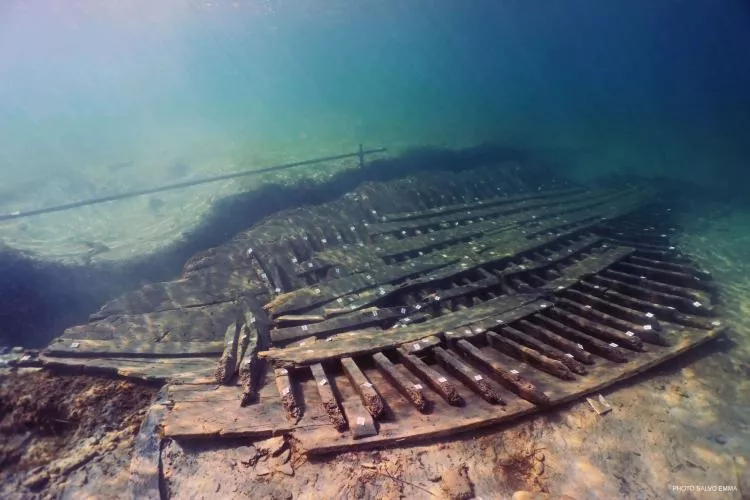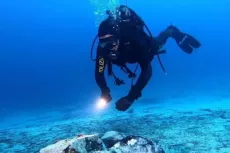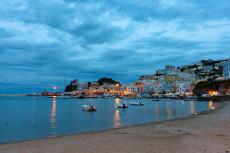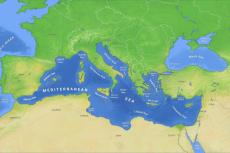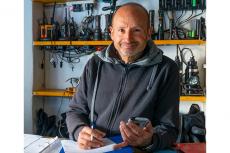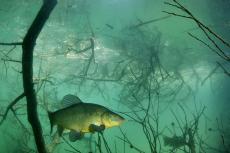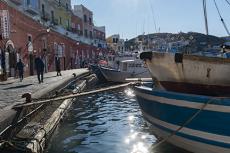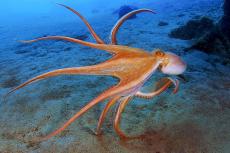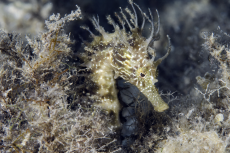Roman shipwreck "Marausa 2" recovered intact off Sicily's coast
The late 3rd-century shipwreck is raised whole, a first for Roman maritime archaeology.
In an unprecedented archaeological feat, the shipwreck known as "Marausa 2," which sank off Marausa, Sicily, in the late 3rd century, has been meticulously recovered from the seabed in its entirety. This marks the first instance where a Roman ship has been raised in its complete form, as opposed to being retrieved piece by piece.
Discovery
The discovery of Marausa 2 took place in July 2020, a mere 91m (300ft) from the shore and submerged less than 1.8m (6ft) underwater. Its name derives from its resemblance to another wreck from the same era, found half a kilometre (a third of a mile) away in 1999. The earlier wreck, along with its cargo of amphorae filled with dried fruit, was retrieved in 2011 and displayed at the Museo Archeologico Baglio Anselmi in Marsala.
Well preserved
Marausa 2 boasts an impressive state of preservation, surpassing even its predecessor. The ship measures approximately 12m (40ft) in length and 4m (13ft) in width. A significant number of transport amphorae were identified within the hull, although many were fragmented. Intriguingly, within these broken vessels, archaeologists unearthed artefacts of such exceptional quality and rarity that they have been deemed unparalleled globally. However, specifics about these artefacts remain under wraps.
Recovery
The ship's timber condition enabled its whole recovery. The operation, initiated in June, was supervised by the Superintendency of the Sea for Sicily. After thorough documentation and excavation, all loose materials and cargo were removed, followed by sediment vacuuming. Engineers crafted a bespoke metal structure to safeguard the wreck. The ship was then enveloped in a grid, ensuring the preservation of all archaeological materials. Using flotation devices, the wreck was gently elevated.
Restoration
Post-recovery, the encased wreck was towed approximately 32km (20mi) along the coast to Marsala's port. On 4 October, it was relocated to the Museo Archeologico Baglio Anselmi, where it now resides in a freshwater pool. Following desalination and wood stabilisation, it will undergo public restoration at the museum's laboratory. The extensive restoration process is expected to span several years. Upon completion, the ship and its cargo will be showcased in a dedicated museum space within the Trapani province.


